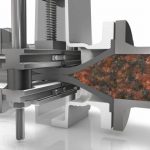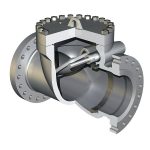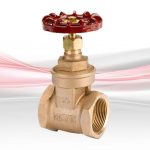Diaphragm valves provide leak-proof control of abrasive and corrosive liquids such as suspensions, pulps, and slurries. Diaphragm valves feature a flexible elastomeric diaphragm that consists of a valve body and a seat or weir upon which the diaphragm closes the valve. The external seal provides full isolation of moving parts from the process media. In this article, you will learn about the different types of diaphragm valves, actuation methods, common applications, and repair and maintenance methods.
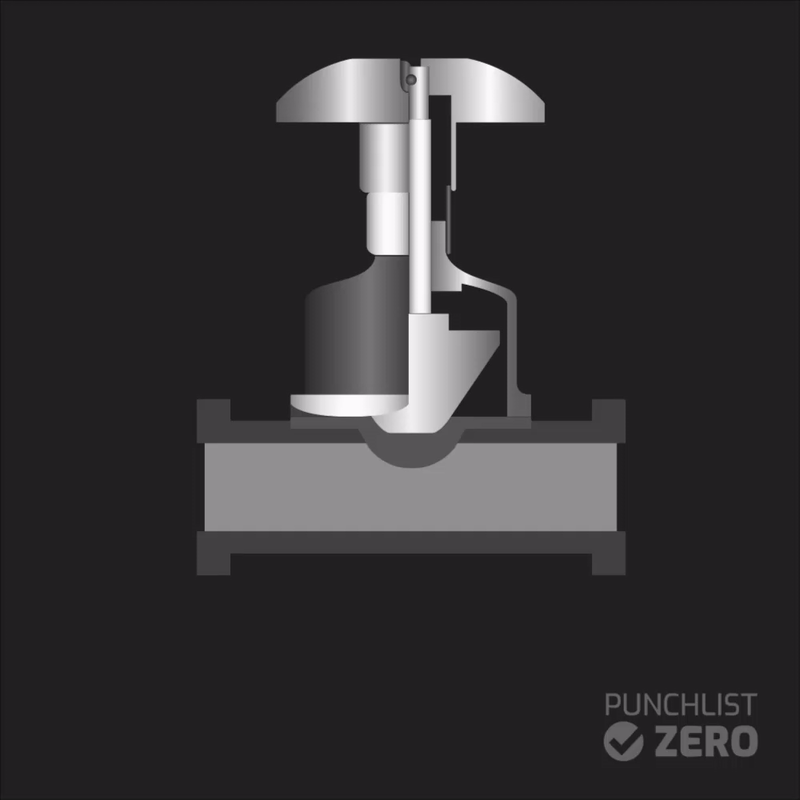
Diaphragm Valve Types
There are two primary configurations of a diaphragm valve: weir and straight-thru. Straight-thru valves provide simple switch like service and are suitable for process applications where there is a need to prevent leaks. The weir type provides flow control and regulatory requirements.
Weir Type
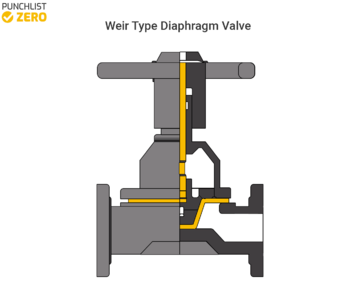
The weir type diaphragm valves provide control and throttling as the weir in the valve rises to close the fluid path and regulate the flow of the liquid. This design minimizes pressure drop whilst providing the same laminar flow characteristics of a straight-thru valve.
When the diaphragm comes in contact with the weir, the valve closes, and when it is open, the valve’s shorter stroke allows for more diaphragm cycles and subsequently less line contamination.
Straight-Through Type

Straight-thru diaphragm valves, also known as full bore diaphragm valves, provide a full flow capability with small pressure drop. They are not suitable for regulation but are a fit for applications that require a leak-proof control of the abrasive fluids.
These valves function as a switch, as they move up and down in a linear pattern. The straight-thru diaphragm connects to the actuation stem. The actuation stem is molded into the diaphragm and connected by some means to the actuator.
Actuation Method
Actuation Method refers to the mechanisms of valve movement and their connection and installation. Basic methods for actuation purposes are manual, manual geared, electric, pneumatic, hydraulic, solenoid, or spring. The most widely used actuation method is pneumatic. Pneumatic air pressure actuation is speedy, which is a typical requirement of diaphragm valve closure. Hydraulic diaphragms are also popular and suitable for low speed and high-pressure operations.
Stem rotation closes the valve. The stem is categorized as either non-indicating or indicating. Non-indicating stems rotate a stem bushing to engage the stem threads that in turn compresses the diaphragm. The indicating stem is similar to the non-indicating design but features a longer stem.
Applications
Diaphragm Valves are widely used in applications that involve corrosive and abrasive fluids, and their design for higher operating pressures makes them a top preference in industrial plants and process applications.
- Their compact design and conformance to a standard configuration, MSS SP-88, allow interchangeability with most diaphragm valves on the market.
- Iron body construction ductility, damage resistance, and long-term durability.
- The body design reduces diaphragm stress, which makes it reliable over an extended period of time.
- Valve body materials vary widely and they can be used as per the process application requirement.
- Repairs can be made without interrupting the pipeline.
Diaphragm valves find common use in power plants and chemical industries that deal with corrosive and abrasive applications. They are also used in wastewater, industrial, and municipal applications, as well as the production of paper, pulp, and other industries such as cement mining and alcohol production that deal with slurry creation and control.
Due to the material of construction and operating characteristics of diaphragm valves, they are not suitable for high temperature or high pressure applications. For high purity applications, the standard weir-style diaphragm valve seal design may be prone to leaks, difficult to install and increase the potential of product contamination. In such a case, sealed bonnet assemblies are recommended for dangerous applications to ensure there is no discharge into the surroundings.
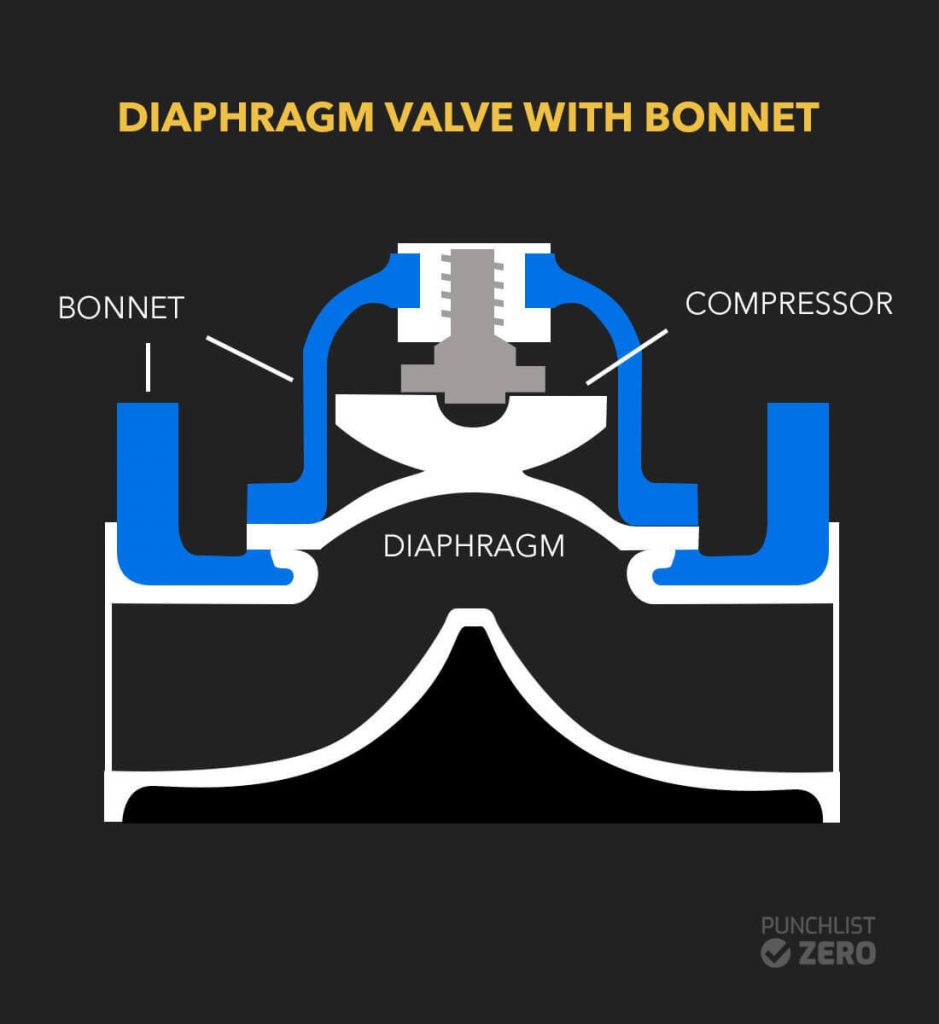
Maintenance and Repair Considerations
Diaphragm valves are easy to maintain and repair, however, a smooth-running operation requires routine checking of the valve’s externals for connection tightness. Pressure drop must be checked at regular intervals to ensure proper functionality. In most cases, the process design should include a differential pressure indicator across the valve.
The outer coating should be cleaned once in a month to prevent the accumulation of debris that impede proper functionality or corrode the protective coating. In case of any leakage, replace the diaphragm immediately.
